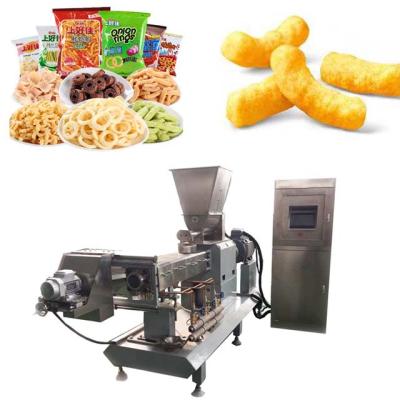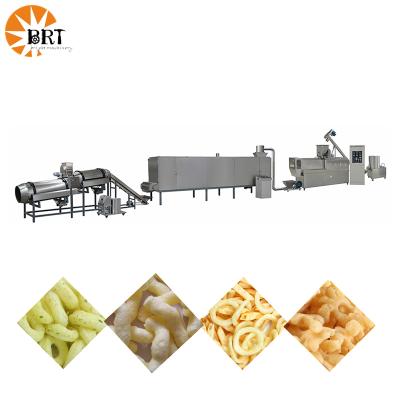Advantages of Expanded Feed
Raw material with higher digestibility can destroy and soften that cell wall part of fib structure through high-temperature and high-pressure treatment and various mechanical actions in the puffing process, so that starch in the cell wall part is gelatinized and protein is organize, which is beneficial to animal digestion and absorption, and the digestibility and utilization rate of feed are obviously improved; for example, fish puffing material can improve the digestibility by 10% ~ 35%. Some young animals, such as suckling pigs, piglets, calves, etc., are unable to digest complex plant-based feed due to underdeveloped digestive organs. The utilization rate of feed digestion can be effectively improved by puffing.
The template of the extruder with various shapes can be made into different shapes of die holes, so it can extrude different shapes of extruded pellets. For example, cat feed can be made into fish shape, dog feed can be made into sparerib shape, etc., which greatly improves the attractive value of feed.
The more hygienic puffing process makes the material undergo higher temperature and pressure treatment than the granulation process, so it can achieve better sterilization effect. It can not only prevent animal digestive tract diseases, but also effectively remove heat-sensitive toxins and anti-nutritional factors from feed.
Better palatability In the puffing process, not only can starch ripen to increase aroma, but also fat permeates from the inside of cells to the surface and the interaction among sugar, protein and fat makes the feed have special aroma. All these make the feed palatable, which is beneficial to stimulate the animals to eat.
Improve the settling performance of feed in water. By setting the parameters of the expansion process, expanded feed with various settling speeds, such as floatability, slow settling and sinking, can be made to meet the requirements of different living habits of aquatic animals, reduce feed loss and avoid water pollution. For example, loose and porous floating feed is suitable for upper-layer fish.
Because of its special use effect, puffed feed is mostly used in the production of pet feed, aquatic feed and suckling pig feed. In use, it should be noted that extrusion has a certain destructive effect on vitamins and amino acids, and it has the advantages of large power consumption, low output and high cost, but it can generally be compensated from the increased feed reward.


